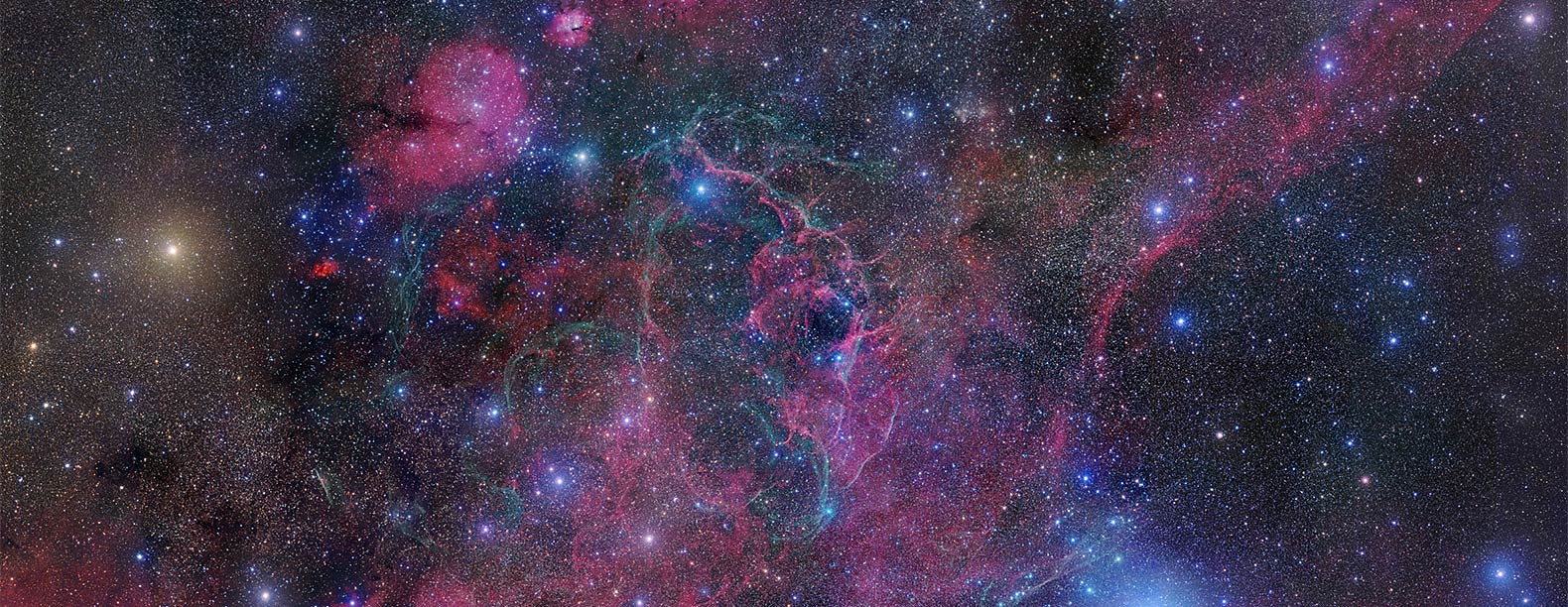In 1987, astronomers briefly saw a bright new light appear in our sky, as a giant star just 160,000 light years away collapsed and blew itself apart, becoming supernova 1987A.
Researchers got a lot of science from the rare event, and the next time a supernova explodes in our galactic neighborhood they will be even better prepared thanks to some BACON and the UC Davis Crocker Nuclear Laboratory.
Supernovae are a powerful source of neutrinos, wispy particles that can travel through almost anything. And BACON refers to the Crocker lab's experiment — Bucket of Argon Counting Neutrons.
Some of the most exotic things in the universe

"Neutrinos can come from near the surface of a black hole or a neutron star, some of the most exotic things in the universe," said UC Davis physics professor Robert Svoboda.
"I've done experiments looking at neutrinos coming from the core of the sun to study nuclear fusion, from inside a nuclear reactor to tell how much plutonium or uranium is inside."
Svoboda and colleagues want to study neutrinos that come right after stellar explosions like supernova 1987A, which happen every 20 or 30 years in our galaxy. To do that, they need a very large neutrino detector, currently under development in South Dakota.
Are they really neutrinos?
But first, they need to figure out how much of what their detector sees are really neutrinos, and how much will be background noise, mostly neutrons from natural radiation in the environment.
That's where the Crocker lab's BACON experiment comes in.
The South Dakota neutrino detector will consist of a huge tank of liquid argon. When neutrinos pass through the tank and hit argon atoms, their interaction will produce a flash of light.
A small tank of argon
BACON is a small tank of argon, placed in the path of a neutron beam at the Crocker Nuclear Lab. The team will expose the argon to a known background of neutrons and use the results to set the background for the Crocker’s big neutrino detector.
"When the neutrons hit the argon, they can look like a neutrino hitting the argon. We want to know how often that happens, so we're not fooled by the neutrons," Svoboda said.
In almost 50 years of operation, the Crocker Nuclear Lab has carried out research on everything from particle physics to air quality to validating historic documents. It's one of very few facilities in the country able to produce neutron beams of adjustable energy levels that can do this type of work, said postdoctoral researcher Chris Grant.
"It's really easy for our research group to come over and work with students and visitors on this experiment," Grant said. "It's good for fundamental science and it puts UC Davis on the map."
Media Resources
Joe Proudman